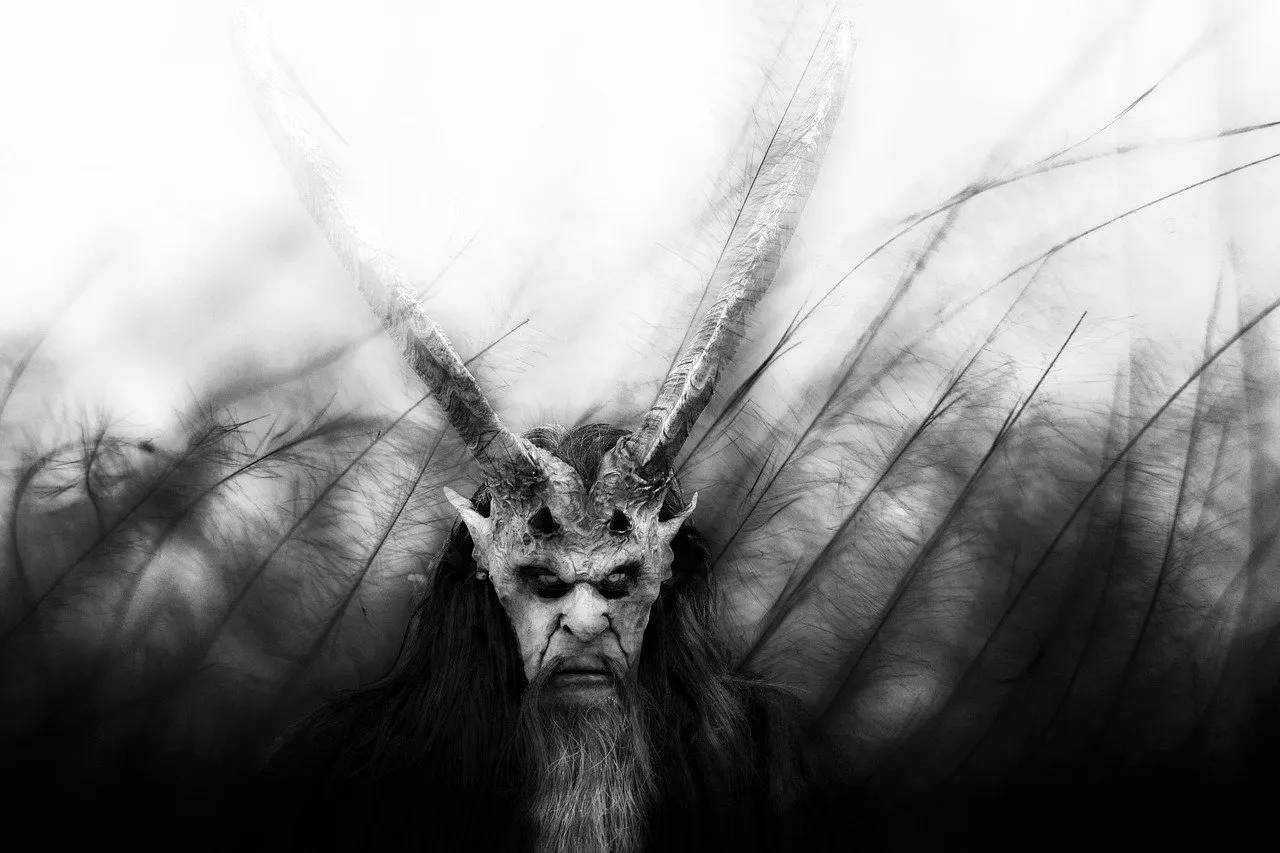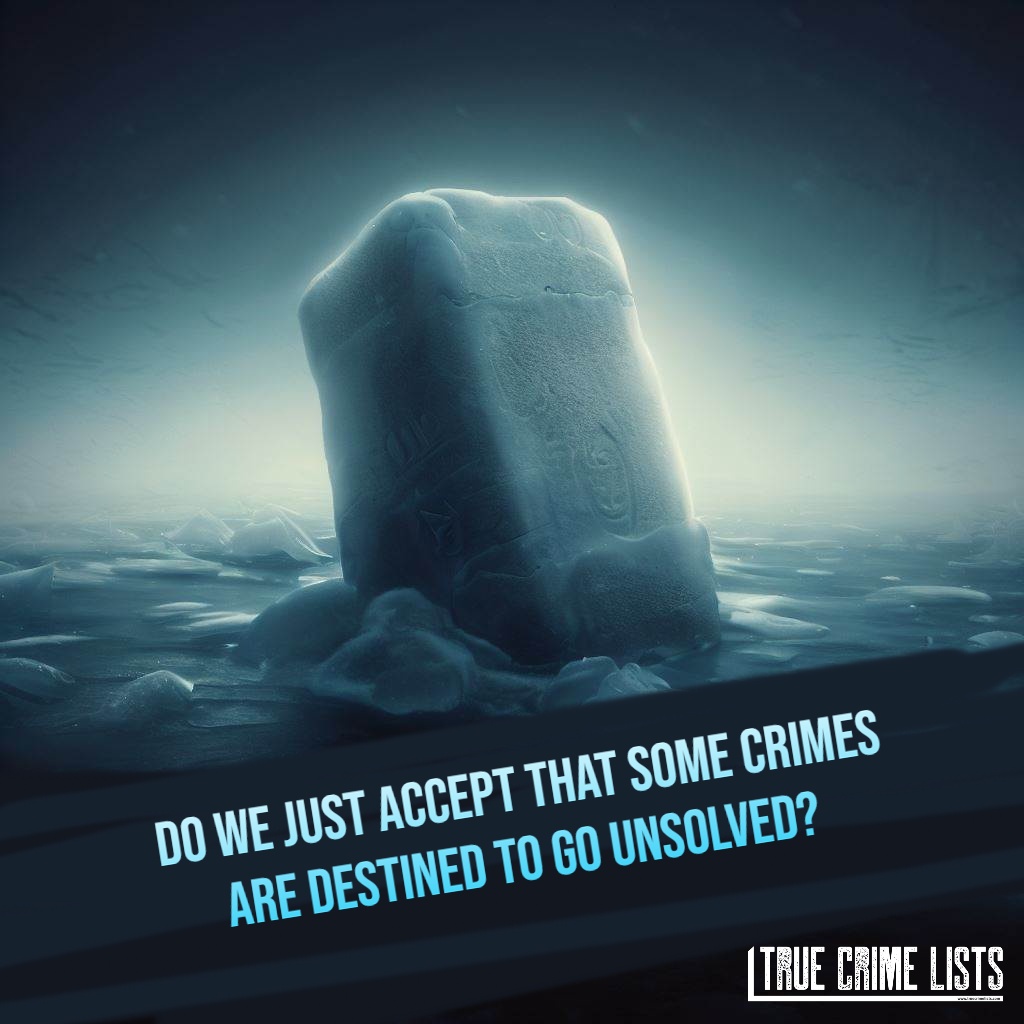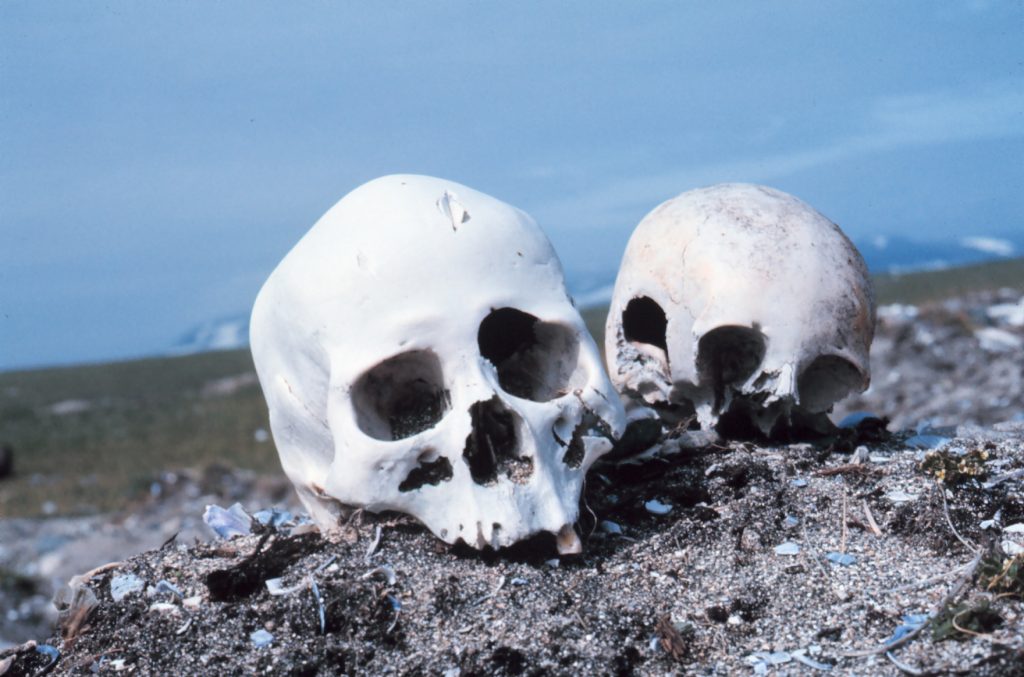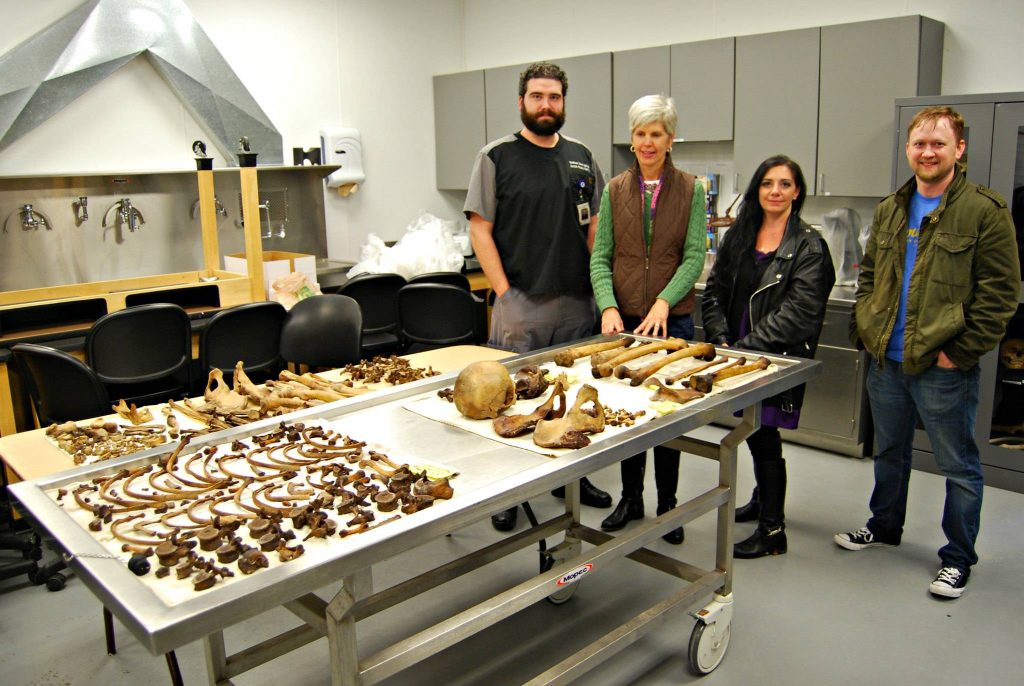It bugs the hell out of me why this has not been solved.
The Beast of Lake Bodom and Finland’s Infamous Unsolved Murders

Four teenage friends go camping for the night on the shoreline of an idyllic lake. As the Sun rises the next morning, only one has survived – barely.

This and NINETEEN other true crime stories and mysteries can be found in Bizarre True Crime Volume 3, available from Amazon.
When 18-year-old Nils Gustafsson travelled to Lake Bodom with his girlfriend and two friends, he never expected to become involved in one of Finland’s most infamous unsolved murder cases.
His girlfriend, 15-year-old Maila Irmeli Björklund, her friend, 15-year-old Anja Tuulikki Mäki, and her boyfriend, 18-year-old Seppo Antero Boisman, were stabbed and beaten to death the night they camped beside the lake, on an early Summer’s night in 1960.
What began as a triple murder case quickly devolved into a bizarre investigation, when evidence was uncovered that the teenagers were attacked from outside their tent.
Nils had suffered multiple stab wounds along with broken bones in his face. He had been left for dead outside of the tent but went on to survive the attack. Though he had no memory of the attack, he claimed to have seen a man with red eyes and black clothing.
Lake Bodom
In the city of Espoo, just 13 miles (21km) from Helsinki, on Finland’s south coast, lies the grey Lake of Bodom, known in Finnish as Bodominjärvi. The tree-lined freshwater lake is a known tourist destination and camping site for locals from Espoo.
On Saturday 4th June 1960, Nils and his friends travelled to the shores of Bodom, to camp and spend time together away from the bustle of the cities. It was to be a night of drinking, socialising, and teen fun, away from the prying eyes of adults.
Between 4am and 6am on 5th June, Maila, Anja, and Seppo were brutally murdered, and Nils was left for dead. Around 6am, a group of boys who were birdwatching on the lake had noticed the collapsed tent and witnessed a blond-haired man walking away from the site.
At 11am, a local carpenter named Esko Oiva Johansson, was walking near the tent when he noticed Nils on the ground outside, and three dead teenagers nearby. The police arrived at noon and began their investigation, which after 60 years, remains unsolved.

Brutality
Nils girlfriend, Maila, had suffered the worst fate. She had been stripped from the waist down and stabbed more than 30 times, with many of the stab wounds having occurred after her death. Her body was found on top of the tent just out of view from the shoreline.
Anja and Seppo had been stabbed multiple times and beaten over the head with a blunt object. Their bodies were found inside the tent. Nils was found close to his girlfriend, he had been stabbed in the forehead and many of his facial bones had been crushed. When police arrived, Nils was alive – barely.
Investigators discovered that the unidentified killer had crept up to the tent and cut the ties securing the tent to the ground. This meant the fabric of the tent dropped onto the teens inside, trapping them. The killer then jumped on top and began stabbing the bodies in a frenzy.
It was suspected that Nils and Malia had managed to crawl out which is why their bodies were found outside the tent. The investigation couldn’t work out why Malia was nude from the waist down but it was suggested she may have already been in a state of undress with Nils during the night.
There were no signs the killer had sexually abused any of the four. So, if the motive was not sexual, then why were the children of Bodom attacked so viciously?

Contamination
After the teens had been murdered, and Nils left for dead, the killer rummaged through the tent and stole their wallets and personal possessions. Some of their clothing, including underwear, were also taken from the tent, along with the keys to the motorbikes the teens had arrived on.
Nils shoes and some of the larger items of clothing were found more than half a mile from the site of the incident. It appeared the killer had dumped them as he was making his getaway, but many of the smaller items of clothing and their wallets were never recovered.
Investigators quickly discounted theft as an additional motive, which meant it had been opportunistic in nature, and a supposed afterthought of the attack itself. Possibly in an attempt to make the murders look like a robbery or to try and hide the identities of the victims as long as possible. The motorbikes were never stolen, despite the keys being taken.
The police did not record the details of the scene properly and failed to cordon off the site from the public. This meant that a crowd of police and onlookers were allowed to trample and contaminate the crime scene and the area around it. Soldiers were also called in to help search for the missing items – before the area had been logged properly.
Gyllström
The group of boys who had seen a blond man walking away from the tent around 6am, were able to give a description of him to police. This led to the first suspect, a local kiosk keeper named Karl Waldemar Gyllström.
Gyllström was known to be hostile to tourists in the area, despite owning a kiosk that served tourists. Locals claimed he was sometimes aggressive to travellers and violent towards others. He had even been known to cut down tents and throw stones at people he didn’t want near him.
He was blond, tall, and mean-looking, with a gait that implied he could fight when needed. However, police found no evidence to link him to the crime scene. Five days after the murders, Gyllström was witnessed pouring concrete into a well in his back garden.
Locals believed he had been disposing of the murder weapon and the other items he had taken from the teenagers. Due to there being no solid evidence of his involvement, the concrete in the well was never followed up by police but they did go around his property with hound dogs. Gyllström was also a groundsman by trade and it was suspected a neighbour had let their imagination run wild.
In addition to a lack of evidence, Gyllström’s wife provided his alibi for the night of the murders, claiming he was in bed all night. In 1969, nine years after the murders, Gyllström took his own life by walking into Lake Bodom and drowning himself. He had allegedly confessed to his neighbour that he was the Lake Bodom killer, shortly before walking to his demise.
After his death, his wife confessed she lied about the alibi, as Gyllström had threatened to kill her if she were to implicate him in the murders. Despite the mounting circumstantial evidence that Gyllström was the killer, the police didn’t follow it up, and they have never dug up the well in the garden.

Assmann
Seven years before the Lake Bodom murders, on 17th May 1953, 17-year-old Kyllikki Saari was murdered as she cycled home from a prayer meeting. The murder took place in Isojoki, approximately 186 miles (300km) from Lake Bodom.
One of the suspects in the Saari murder was a former KGB agent; the unfortunately named Hans Assmann. His wife had reported that he and his chauffeur were driving his brown Opel car in the area at the time of the disappearance, the same car that witnesses had identified near the murder scene.
It was said that Assmann returned home with dents on the front of the car and drove off again shortly after with a shovel on the back seat. Saari’s body was discovered in a shallow grave in marshland in October 1953. In 1997, Assmann confessed his involvement in the Saari crime to a former police officer.
He claimed the death was an accident, so he and his driver moved the body and made it look like a murder, to cover it up. As he was in the KGB at the time, he said it needed to be done so the route they were taking wouldn’t become public knowledge.
Why are we talking about a case seven years before Lake Bodom? Because at the time of the Bodom murders, Assmann lived near the shoreline of Lake Bodom. On 6th June 1960, one day after the Lake Bodom murders, he turned up at a hospital in Helsinki with bloodstained clothes.
He had dirt under his fingernails and a dishevelled appearance. It has long remained unclear why he was seeking treatment but police did investigate Assmann at the time. It was found he had a credible alibi that he was in Germany on the night of the murders.
Nils
Other suspects included Pauli Luoma, who was in the vicinity of the campsite on the same day but later had an alibi confirming he was in another town, and Pentti Soinenen, a violent criminal who was linked when he confessed to the murders while in jail on other charges.
The case became so notorious in Finland, that many petty criminals were confessing they were the Bodom killer. Despite the confessions, none of them could be placed at Lake Bodom at the time of the murders. Except one.
For over forty years, Nils Gustafsson had managed to live a relatively normal life, having married and had children. Yet, he was always a suspect in the eyes of the investigation. In 2004, Nils was arrested on the evidence that his shoes were found far away from the crime scene, and had none of his blood on, despite the other victim’s shoes showing clear signs of blood splatter.
The Finnish National Bureau of Investigation (FNBI) claimed that Nils had killed his three friends then attacked himself to make it look like he had been a victim too. The FNBI suggested it was a crime of passion, due to Nils’ girlfriend receiving the most vicious wounds.
The prosecution alleged that Seppo Antero Boisman had attempted to initiate an orgy with the four of them in the tent but that a drunken Nils didn’t want his girlfriend involved. The group then got into a fight and Nils took his revenge by killing them all.
In October 2005, Nils was acquitted of all charges and released a free man, due to lack of evidence. His defence had argued that in a drunken state, Nils would not have been able to murder three people in the fashion they were killed.
Forensic experts stated that even if Nils had been beaten by Seppo, he still wouldn’t have been able to kill. With the extreme injuries he had received, he wouldn’t have been able to see properly, walk straight, or focus at all.
More importantly, it was deemed impossible to stab yourself in the forehead, crush your own facial bones, then arrange a crime scene to look like someone else did it – without leaving any evidence about the cover up.

The Phantom of Lake Bodom
There was a pillow found nearby that had traces of semen belonging to another man but this has since been disregarded as it may have been left by other travellers. But there is one bizarre theory that puts the fear of God into Finnish youngsters. That there was someone else there that night, someone who has never been identified.
Shortly after the attack, when Nils was able to talk to investigators, he was placed under hypnosis and asked to retrace the events in as much detail as possible. He claimed the man who had attacked them had red eyes, blond hair, and was wearing black clothing.
Nils was able to describe the man to an artist who created a photo sketch of him. The sketch of the man looked similar to Hans Assmann which is why Assmann continues to be the prime suspect. But a photo had already emerged of a crowd who had turned up to one of the teenager’s funerals.
The photo shows a man in the crowd who looks remarkably similar to the man that Nils had described. A man who has never been identified or found. A man who some believe is the true killer of the children of Bodom.
The Lake Bodom murders remain unsolved to this day and are one of Finland’s most bizarre and infamous crimes. Its influence continues to be felt; the heavy metal band Children of Bodom are named after the incident, and there are many books on the subject, along with documentaries and films.
For over 60 years, parents in Finland have warned their children to be on their best behaviour, otherwise the Phantom of Lake Bodom will attack them from the shadows.
This and NINETEEN other true crime stories and mysteries can be found in Bizarre True Crime Volume 3, available from Amazon.
- What Happens to Cold Cases? The Intricacies and Unsolved Mysteries Explained

- 13 Facts You Need to Know About Levi Bellfield: The Bus Stop Stalker

- How Has Pathology Evolved Over Time? (History of True Crime)

- Trio Convicted of June 2022 Westminster Murder of Adnan Saleh

- How Did Forensic Science Evolve Through History? (History of True Crime)

I feel like there should be more killers who use the internet especially in today's world.
Thanks for this. Anymore podcast lists coming anytime soon??
Not just females.
[…] Not So Heavenly Creatures: The case of two teenage girls who fell in love, created their own religion, entered…
There's a lot more the Italian authorities are not releasing over this case. Makes you wonder the extent of the…

 T
T
What Happens to Cold Cases? The Intricacies and Unsolved Mysteries Explained

 T
T
13 Facts You Need to Know About Levi Bellfield: The Bus Stop Stalker

 T
T
How Has Pathology Evolved Over Time? (History of True Crime)

 T
T


